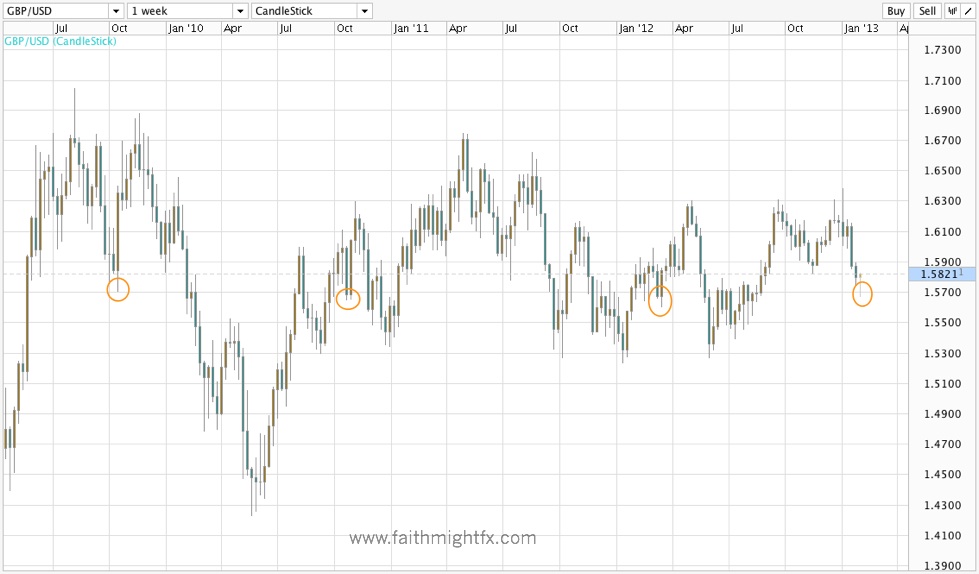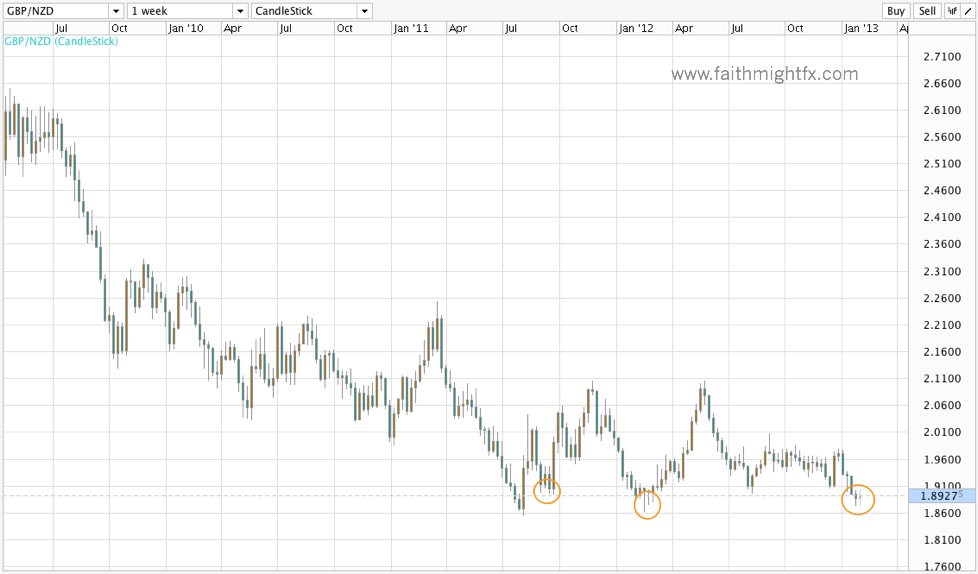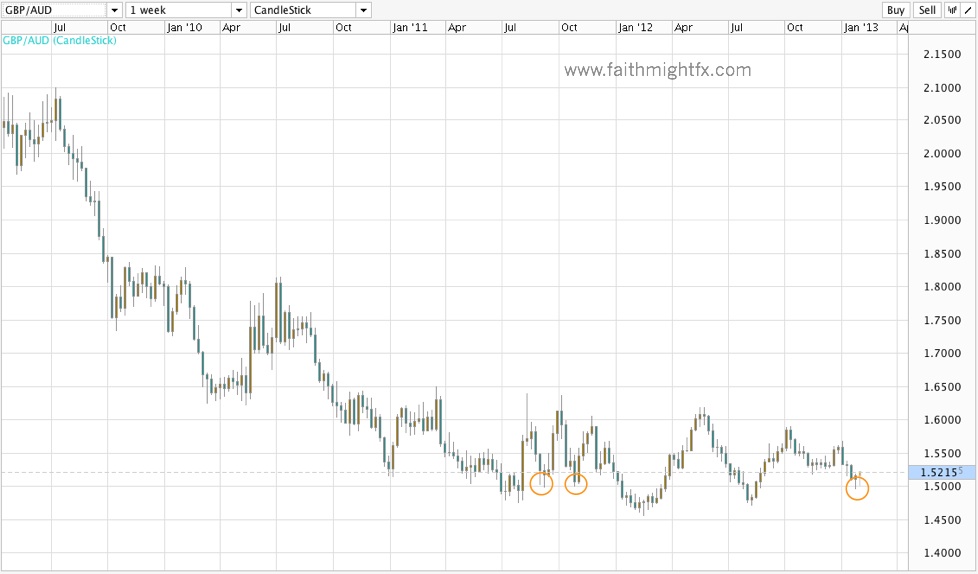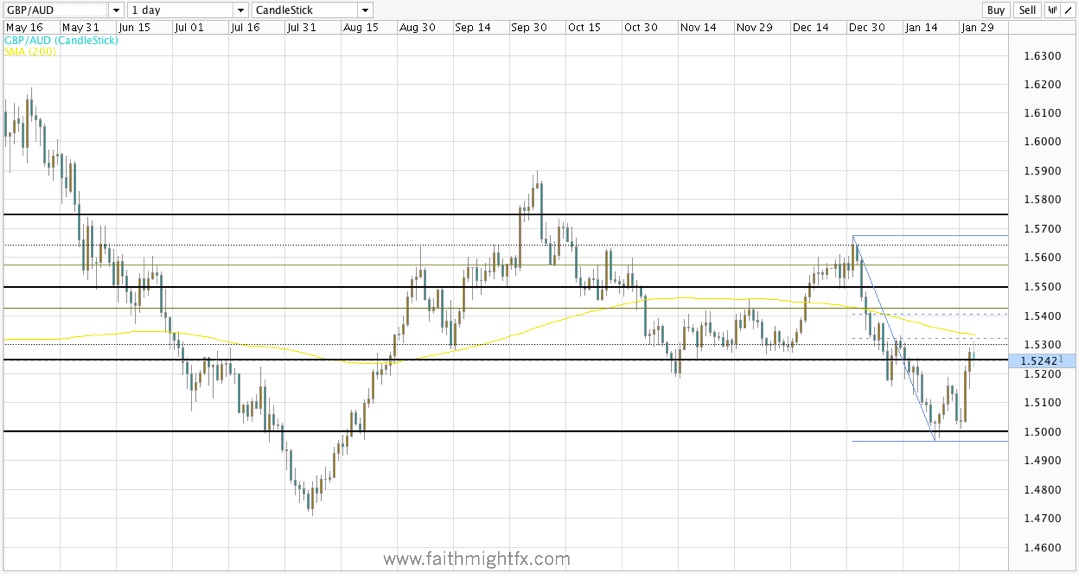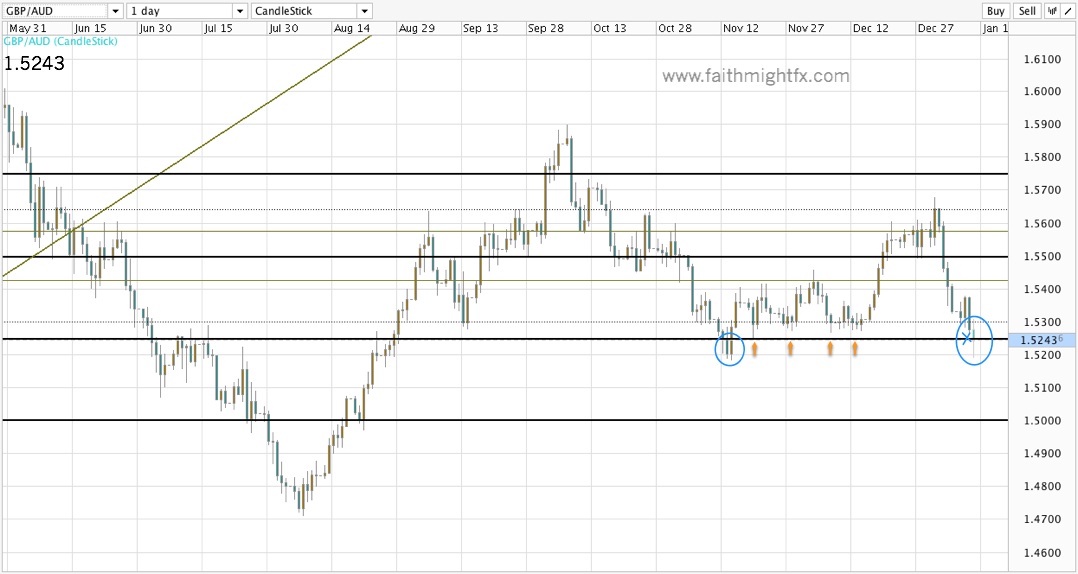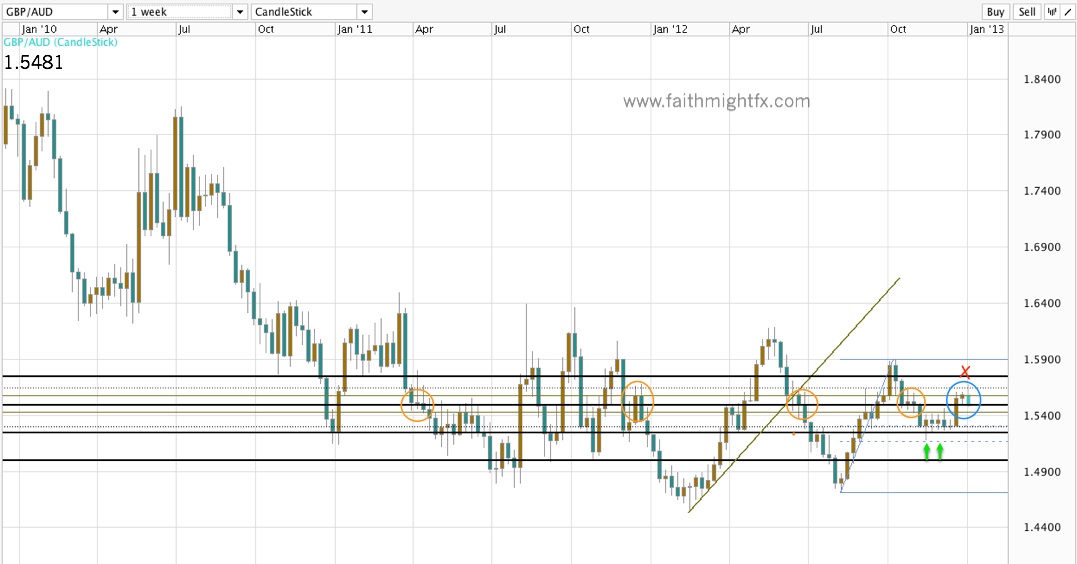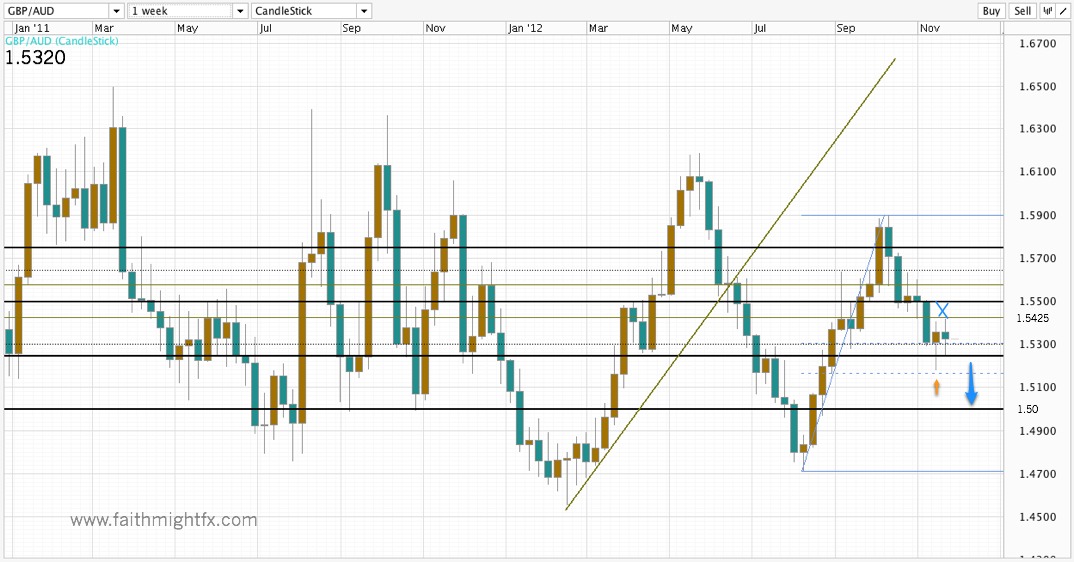Sterling has spent most of the new year in the dog house. It has tumbled against every major currency with the exception of the Japanese yen. $GBPUSD, $GBPNZD, $GBPAUD have broken 2012 lows to reach new lows and are building breakouts to the downside.
Everyone is well aware of the poor fundamentals underlying the weak GBP story. Triple-dip recession looms. A dovish incoming central bank governor spouting his rhetoric before he even takes the helm. Unwinding of the “safe” haven flows that sterling enjoyed while the European Union was imploding. Traders piled in short GBP. Analysts made recommendations to sell sterling. However, even after hitting new lows this week, GBP bears have not been able to gain additional ground lower.
A crowded trade does not mean a change in sentiment. It is important to understand that the fundamentals definitely favor a weaker sterling. However, GBP has dropped considerably in just a month’s time without significant correction. Nothing moves in 1 direction forever. Profit-taking can be brutal in this environment as swing and position traders who caught the trend early become more cautious with these price stalls at lows. Also, perhaps more importantly, is that the fundamental landscape has become a bit more optimistic in just the past week. UK economic data has surprised on the stronger side. Carney sounded far less hawkish than he did a few weeks ago in his testimony today. While I still think GBP has further to fall in these highlighted currency pairs, it may be more prudent at these levels to wait on the more significant pullback before reloading the swing short sterling trade.

